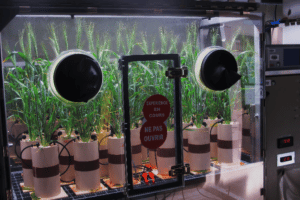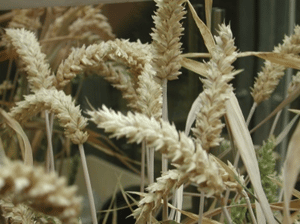You are here : Home City of energies > HOME BIAM > Technological platforms > Phytotec > Skills supply
Skills supply
The activity is articulated around three main themes exploiting the specificities of the platform: isotopic enrichment, environmental stress and multi-parametric imaging of plants.
Isotopic labeling
One of the specificities of PHYTOTEC is the enrichment of plant tissues in stable isotopes 13C, 15N. The tightness of the cells allows, thanks to the contribution of CO2 100% 13C, to obtain an enrichment of the plants superior to 95%. The enrichment in 15N is brought thanks to the nutritive solution.
These enriched plants are precious tools for multiple research fields in nutrition, forest ecology, toxicology, microbiota…
Environmental stresses and ecotoxicology
The possibility to modulate, in large ranges, the environmental conditions of plant culture, is exploited to conduct experiments on the biological effects of environmental stresses and studies on photosynthesis in the measurement chambers. The combination of low temperature (6 °C) and high luminosity (1500 μmole.m-2.s-1) allows, for example, to study the role of proteins induced under oxidative stress conditions.
The transfer of pollutants, especially metals, from the soil to the plant and their consequences on the physiology of the plant can be studied thanks to the presence of two ICPs.
The great tightness of the chambers allows to study the interactions of plants with gaseous environmental pollutants present at very low concentrations (example: nitrogen dioxide).
Gas exchange and multi-parametric imaging
Gas exchange study
The tightness of the chambers and the fine regulation of many environmental parameters allow to know at any time the net photosynthesis, the respiration and the evapotranspiration.
Plant phenotyping by imaging
The latest generation of IMAPLANT cells has been designed by integrating new technologies. The lighting is provided by about 500 LEDs. A robot equipped with cameras moving along 2 axes allows images to be taken with real time processing of each of the 81 pots at a defined frequency.
Three types of imagery are available:
- Visible
- Thermal (study of transpiration for example)
- Fluorescence of chlorophyll
This multiparametric imagery allows an individual follow-up of the plants in time and its evolution during fast climatic changes.
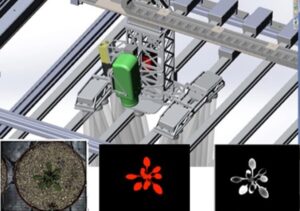
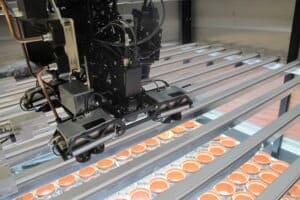
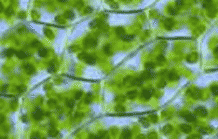
Head of the platform
Monique SABATY, manager Cité des Énergies
Patrice CRETE, manager Luminy
Key words
Phytotechnology, controlled conditions, isotopic enrichment, transgenic plant cultivation, gas exchange, imaging, phenotyping, climate, environmental conditions, confidentiality, custom development
